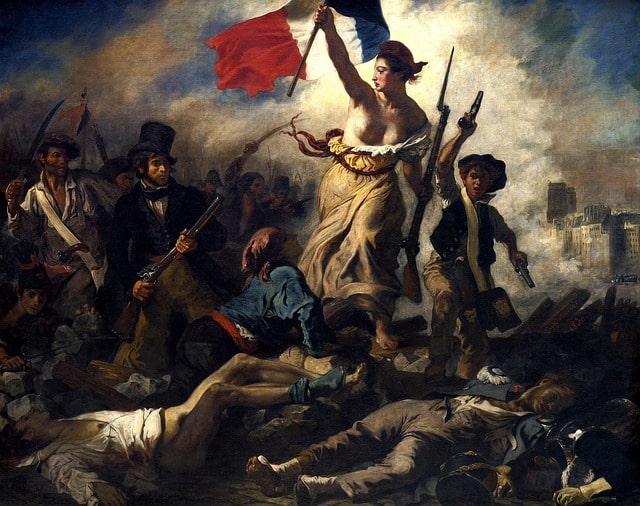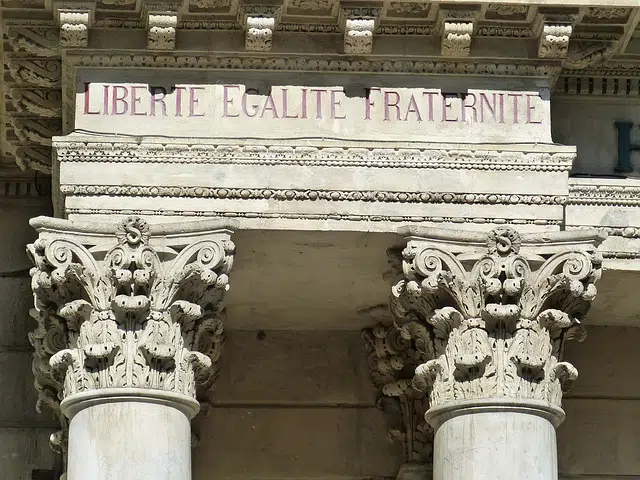
The French Revolution took place between 1789 and 1799.
The French Revolution was a social and political process that took place between 1789 and 1799 in France and, over time, spread to other countries. Among its main consequences is the overthrow of King Louis XVI , which marked the end of the Old Regime (a system where power fell to a single person and where social mobility did not exist).
It is important to make known that there are several causes that motivated the aforementioned French Revolution to start. Specifically, among them are the fact that at that time there was a bourgeoisie that had been gaining economic power and also demanded a role at the political level, that the monarchy was a closed and rigid institution, that there was a major economic crisis, that the popular classes were very dissatisfied with the situation and new so-called enlightened ideas had been spreading.
In this last sense, it must be emphasized that they were part of the movement known as Enlightenment, which was basically based on three main values and ideas: freedom, reason and equality. Among the most relevant figures who advocated and defended it are Rousseau, Montesquieu, Voltaire and Diderot.
French Revolution and the end of absolutism
With the abolition of the French monarchy, the First Republic was proclaimed. The revolutionary period had internal contradictions and divisions among its promoters, until, in 1799 , Napoleon Bonaparte carried out a coup d'état , ending the revolution and its measures.
The French Revolution marked the end of absolutism and the emergence of the bourgeoisie (small capitalists) as the dominant social class. Power was no longer hereditary or divine, but, in theory, any person could be elected to access the government .

Liberty, equality and fraternity were proclamations of the French Revolution.
The storming of the Bastille
There were many episodes that developed within the French Revolution, however, among all of them there is one that became the symbol and culmination of it. We are referring to the well-known storming of the Bastille, which took place on July 14, 1789.
An act that consisted of the assault of said fortress and prison by the French citizens. With it, it was not only possible to free some imprisoned people but also to defend the popular representatives and, above all, to put an end to a symbol of monarchical absolutism. And the Bastille had also become the greatest danger for the people because the king had ordered that its cannons be aimed at the working-class neighborhoods.
Liberty, equality and fraternity, pillars of the French revolution
It should be noted that, in 1789 , the National Constituent Assembly of France published the Declaration of the Rights of Man and of the Citizen and established the principle of liberty, equality and fraternity as the basis of the system .
Another circumstance born with the French Revolution that was maintained over time was the political division between left and right , caused by the groupings that occurred within the Assembly. Conservatives and aristocrats sat on the right side; The most radical, on the other hand, occupied the left sector. There the conception of right-wing or left-wing policies was created, according to the place occupied by the assembly members.
